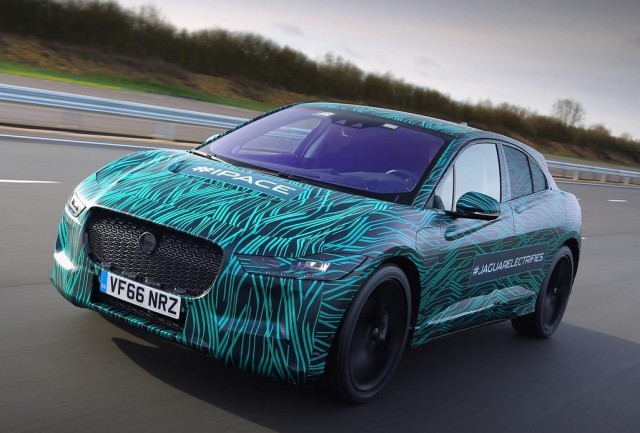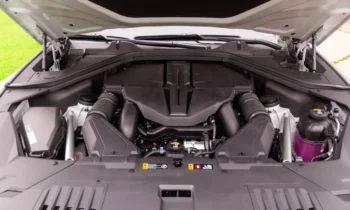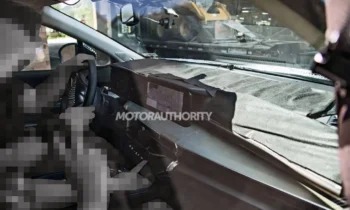Jaguar is poised to trump its German rivals in the mainstream electric car race by launching the new I-Pace electric SUV this year.
Audi and Mercedes-Benz won’t have their electric SUVs, the production versions of the respective e-tron Quattro and Generation EQ concepts, ready until 2018. BMW is even further behind as its offering, an electric X3, isn’t due until 2020.
Production of the I-Pace is already underway at independent vehicle manufacturer Magna Steyr’s plant in Austria and the first examples are due in showrooms in Europe this year, most likely following a debut at the 2017 Frankfurt auto show in September.
Jaguar has previously confirmed that the I-Pace will reach showrooms in the United States in the second half of 2018, meaning we’ll likely see it arrive as a 2019 model.
Speaking with Automotive News (subscription required), Magna Steyr’s president of vehicle technology and engineering, Karl-Friedrich Stracke, who previously worked for General Motors, explained that the I-Pace’s swift transition from concept to production was made possible due to the manufacturing team being involved in the project early on.
“[Magna Steyr] were invited very early in the product development time frame in order to provide our process and manufacturing engineering proposals,” he said.

Teaser photo of Jaguar I-Pace electric car in camouflage undergoing road testing, March 2017
Enlarge Photo
This is made all the more impressive when you consider the I-Pace is based on a dedicated platform for electric cars and features an aluminum body constructed using several new joining methods. It will have a 90-kilowatt-hour battery, 220-mile range, and a motor for each axle delivering a combined 400 horsepower and 516 pound-feet of torque.
While we know Jaguar developed its own lithium-ion batteries, which use pouch cells for their energy density and efficiency, what isn’t clear is where the automaker will source them.
A production-ready I-Pace was spotted in May in undisguised form. It had some minor differences compared to the concept such as larger side mirrors and a toned-down front bumper design.


